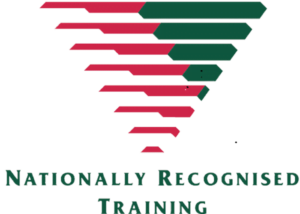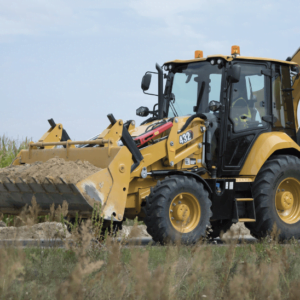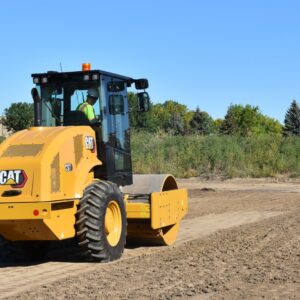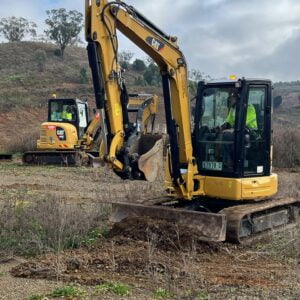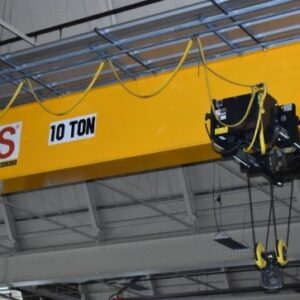Description
RIIHAN305D- Operate a Gantry or Overhead Crane is a comprehensive training program designed to equip participants with the essential skills and knowledge required to safely and efficiently operate gantry and overhead cranes. This course is tailored for individuals seeking to work in various industries where the operation of heavy machinery is essential, such as manufacturing, construction, logistics, and warehousing.
Throughout this course, participants will engage in a blend of theoretical learning and hands-on practical exercises, facilitated by experienced trainers in a controlled environment. The course content covers a wide range of topics aimed at developing the competency and confidence needed to operate gantry and overhead cranes effectively while ensuring adherence to industry regulations and safety standards.
Course Objectives: By the end of the course, participants will be able to:
- Locate and apply relevant industry documentation, policies, and procedures.
- Plan and prepare for gantry or overhead crane operation.
- Conduct thorough crane inspections and address faults.
- Interpret and apply technical information accurately.
- Use appropriate tools and equipment effectively.
- Work efficiently with team members during crane operations.
- Utilize various communication techniques and equipment.
- Maintain accurate written and verbal reports.
- Safely perform pre-start, start-up, park-up, and shutdown procedures.
- Operate crane controls with precision and control.
- Execute crane operations multiple times, meeting required outcomes.
- Inspect and maintain crane operational integrity.
- Perform operational servicing and lubrication.
- Calculate load volumes and weights accurately.
- Dispose of environmentally sensitive materials properly.
The work required in this unit relates to the National Standard for High Risk Work but this unit does not provide the High Risk Work licence.
A Bridge and Gantry Crane HRW Licence is required to Operate a Gantry or Overhead Crane that is:
- controlled from a permanent cabin or control station on the crane, or
- remotely controlled with more than three powered operations, for example:
- a single hoist with four powered operations e.g. traversing, traveling, hoisting, and rotating, and;
- multiple hoists with four or more powered operations e.g. two non-synchronised hoists would typically have at least five powered operations—traversing by two, hoisting by two and traveling.
For more information visit: Information Sheet: High risk work licensing for bridge and grantry cranes (safeworkaustralia.gov.au)

